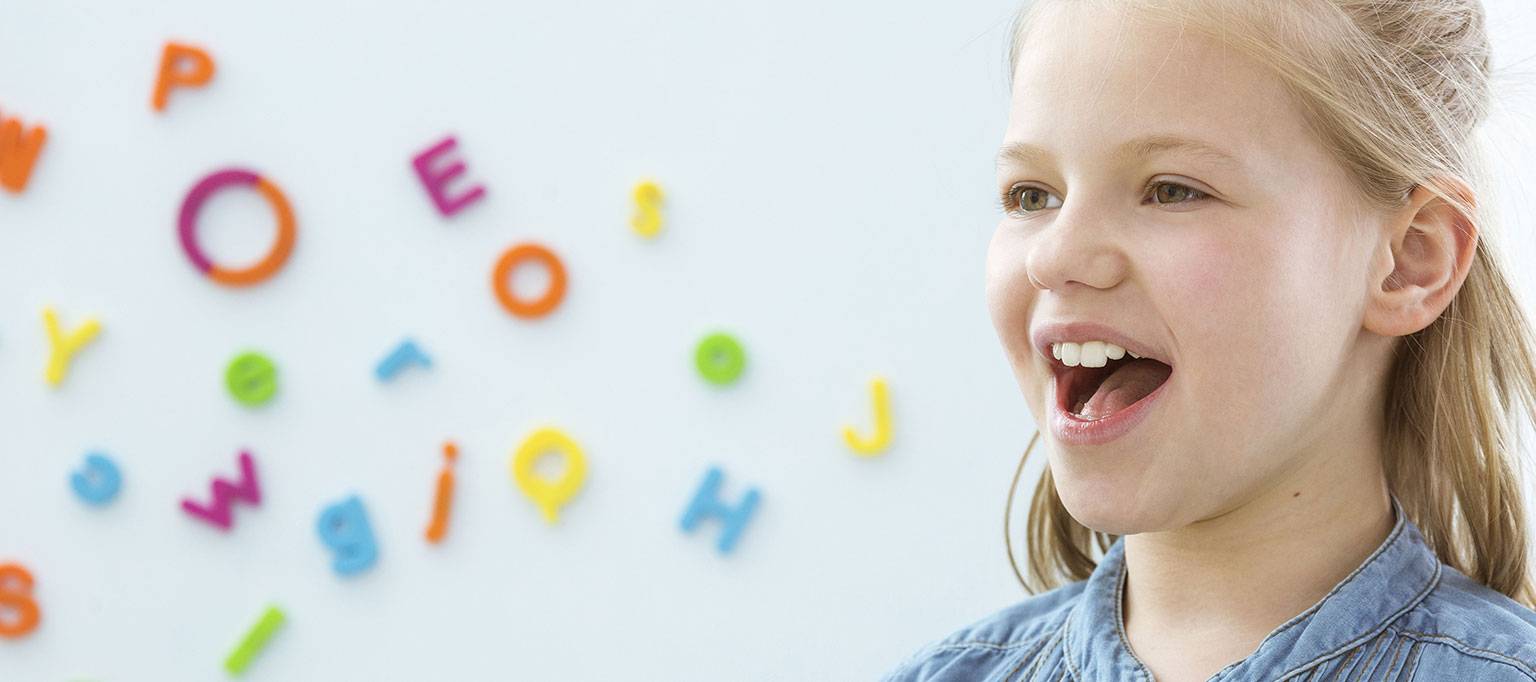Ages and Stages

TYPICAL DEVELOPMENT OF SPEECH SOUNDS AND LANGUAGE SKILLS
Sounds Used
p, b, m, n, t, d
WHAT SPEECH IS LIKE:
May leave off end sounds of words
CONSIDER REFERRAL:
Not babbling or using symbolic sounds, eg yum, quack quack, uh oh
Sounds Used
p, b, m, n, t, d, k, g, ng (like in ‘ring’) f, sw, y, h
WHAT SPEECH IS LIKE:
May leave off end sounds of words
May shorten words eg elephant = e-phan
CONSIDER REFERRAL:
Using no or few words
Sounds Used
p, b, m, n, t, dk, g, ng (like in ‘ring’) f, sw, y, h
WHAT SPEECH IS LIKE:
Can be understood 80% of the time
CONSIDER REFERRAL:
Speech is difficult for family to understand most of the time
Sounds Used
p, b, m, n, t, dk, g, ng (like in ‘ring’) f, sw, y, h
WHAT SPEECH IS LIKE:
Can be understood 80% of the time
CONSIDER REFERRAL:
Speech is difficult for family to understand most of the time
Sounds Used
p, b, m, n, t, d, k, g, ng (like in ‘ring’) f, s, z, sh, v, w, y, h, ch, j
WHAT SPEECH IS LIKE:
May have a lisp
May still have difficulty with ‘r’ and ‘th’
CONSIDER REFERRAL:
Difficulties with t/d/f/s/k/g
Speech difficult for others to understand
Sounds Used
All sounds used, may have lisp
WHAT SPEECH IS LIKE:
Some minor errors still occur
Errors should not significantly reduce intelligibility
CONSIDER REFERRAL:
Still difficulties with lots of sounds
Speech difficult for others to understand
Please see our Useful Downloads for more information!
General Information
Useful Downloads
Universally Speaking – The ages and stages of children’s communication development from birth to 5
Useful Links
Our Service Pages
Children’s Audiology
Children’s Occupational Therapy Service
Children’s Speech & Language Therapy
Community Paediatrician Service